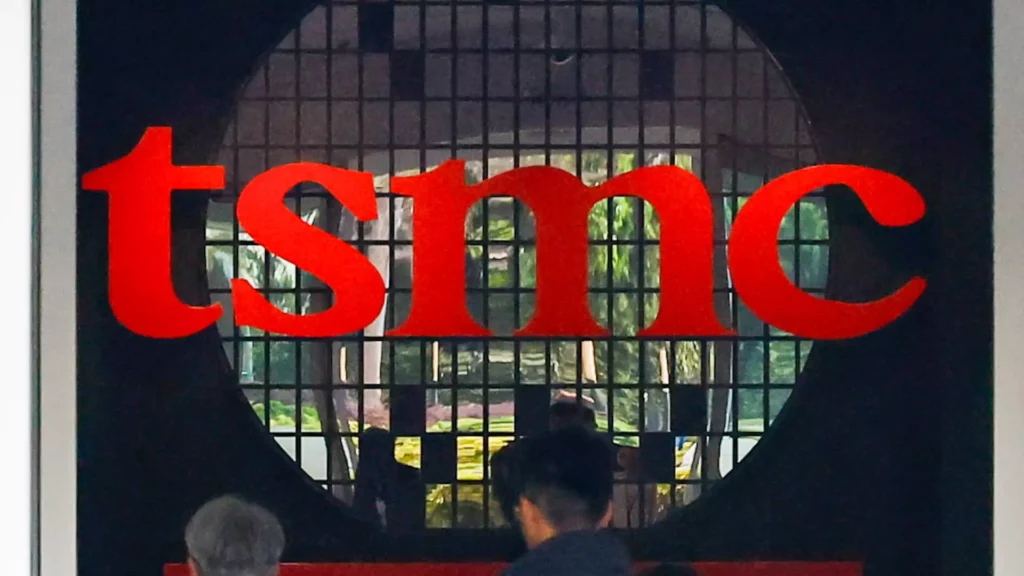In recent years, TSMC (Taiwan Semiconductor Manufacturing Company) has positioned itself as an undisputed titan in the semiconductor industry. The company’s astonishing 61% year-over-year profit surge signals not just robust growth but suggests a near-omnipotence in its sector. Yet, beneath this impressive facade lies a fragile foundation built on technological advancements, geopolitical leverage, and market dependencies that could unravel with the slightest disruption. There’s an unsettling question: Is TSMC’s meteoric rise a testament to strategic brilliance or a precarious overreach driven by hubris? As someone skeptical of unchecked corporate dominance, I argue that TSMC’s current confidence might mask vulnerabilities that could derail its long-term dominance.
Rapid Innovation: A Double-Edged Sword
TSMC’s concentration on cutting-edge process nodes like 3nm and 5nm chips positions it on the forefront of the industry, creating formidable barriers to entry for competitors. Its technological mastery fuels the AI boom, making it indispensable for clients across sectors. However, rapid innovation at such a relentless pace often results in diminishing returns. The costs of continuous R&D, equipment upgrades, and process perfection are astronomical, straining the company’s resources. Furthermore, the technical challenges of scaling down transistors below 2nm remain unresolved, threatening to stall progress. The hype surrounding TSMC’s capabilities can foster complacency, obscuring the reality that technological breakthroughs are inherently uncertain — a fact that could suddenly alter the playing field.
The Strategic Mirage of Market Dominance
TSMC’s dominance in advanced process technology grants it significant influence. But reliance on a single technological focus for revenue — primarily AI chips and high-performance computing — introduces systemic risk. Should AI applications plateau or face unforeseen regulatory hurdles, TSMC’s core business could be critically undermined. Its dependence on China as a manufacturing hub adds geographical risk: escalating tensions, tariffs, or new trade restrictions threaten to hamper access to vital markets. The recent threats of tariffs reaching 32% not only threaten profitability but also highlight the precarious geopolitical tightrope TSMC is walking. This overconfidence in long-standing strategic positions could turn out to be a perilous assumption, especially if political forces leverage technological sovereignty as a weapon.
Geopolitical Vulnerabilities and Economic Instability
While TSMC markets itself as the industry innovator, geopolitical tensions are an ongoing threat that looms over its future. U.S.-China trade disputes are particularly destructive, with export controls and tariffs aimed at Chinese competitors indirectly threatening TSMC’s Chinese clients like Nvidia and AMD. These policies disrupt supply chains and create ripple effects across global markets. Moreover, Taiwan’s political situation adds another layer of risk; a sudden geopolitical spark could destabilize operations or force strategic shifts that disadvantage the company. Additionally, macroeconomic headwinds—such as declining smartphone sales, sluggish PC markets, and currency fluctuations—could erode profits under the guise of market correction.
The Cultural Obsession with Technological Sovereignty
There’s an underlying narrative that TSMC’s technological achievements symbolize resilience and strategic independence. However, this obsession with technological sovereignty can be dangerous. An overemphasis on maintaining technological supremacy might lead to escalating arms races with geopolitical rivals, particularly the United States and China, fostering a climate of mutual suspicion rather than innovation. Such competition could result in TSMC becoming pawns in larger political games, losing sight of long-term stability in favor of short-term technological prestige. The company’s relentless push for smaller, faster chips, while impressive, may ultimately serve as a distraction from the broader risks posed by international rivalries.
Is TSMC a Fortress or a Glass Castle?
TSMC’s current triumphs create a compelling narrative of strategic mastery. Yet, in the context of global markets and technological progress, this narrative warrants skepticism. The semiconductor industry’s cyclical nature, combined with geopolitical and economic fragility, suggests that TSMC is far from invincible. Its aggressive technological pursuits resemble building a glass fortress: impressive but susceptible to reality’s unpredictable shocks. As a center-right observer with a cautious but pragmatic outlook, I believe that TSMC’s confidence should be tempered with humility. Its future is not solely dependent on technical innovation but equally on navigating complex geopolitical waters and macroeconomic shifts—an arena where hubris could be its downfall.
The current success of TSMC underscores the importance of realizing that even industry giants are vulnerable to forces beyond their control. Strategic innovation and technological mastery need to be complemented with diplomatic agility, market diversification, and a recognition of inherent limitations. Otherwise, the very empire TSMC builds on leadership and innovation risks collapsing under the weight of hubris and external shocks.









Leave a Reply